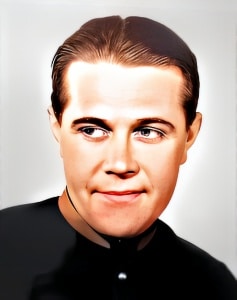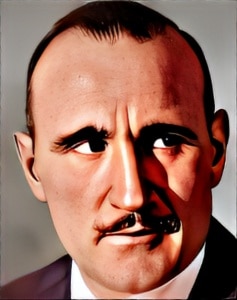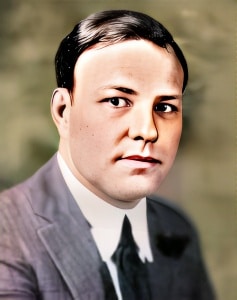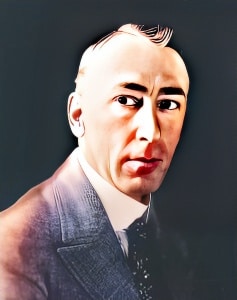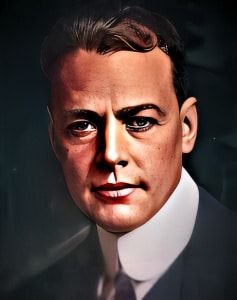 Mahlon Hamilton, born on May 23, 1880, in Vienna, Austria, was a notable American actor of the early 20th century.
Mahlon Hamilton, born on May 23, 1880, in Vienna, Austria, was a notable American actor of the early 20th century.
His career spanned both silent and sound films, and he made significant contributions to the world of entertainment during a transformative era in the history of cinema.
Hamilton’s introduction to the world of entertainment came through the theater. He began his acting career on the theatrical stage, where he honed his craft and developed the skills that would serve as the foundation for his future success in the burgeoning world of silent film.
One of the pivotal moments in Mahlon Hamilton’s career was his transition to silent cinema. As the film industry was gaining momentum in the early 20th century, Hamilton’s expertise as a stage actor was sought after in the emerging world of film. He made his mark in silent films, delivering captivating performances that showcased his ability to convey emotion and engage audiences, even in the absence of spoken dialogue.
While Mahlon Hamilton may not be a household name today, his contributions to early American cinema are celebrated. His work in silent films, which included a wide range of roles in both dramatic and comedic genres, left an enduring impact on the film industry of his time.
As the film industry transitioned from silent to sound films in the late 1920s and early 1930s, Hamilton’s career adapted to the changing landscape. This transition marked a significant evolution in the history of cinema, as technology allowed for the inclusion of synchronized sound in films. Hamilton’s experience in silent films and his ability to engage audiences visually and emotionally served him well as he navigated this transition.
One of Mahlon Hamilton’s notable silent film roles was in the 1923 production “ Little Old New York.” Directed by Sidney Olcott and based on a play by Rida Johnson Young, the film transported viewers to early 19th-century New York City. Although Hamilton’s role in the film is not as widely remembered as some other characters, his presence added depth to the narrative. The film’s historical backdrop, with plans for the construction of the Erie Canal, provided a rich setting for the unfolding story.
Mahlon Hamilton’s performances in silent films, while perhaps not as iconic as those of some of his contemporaries, contributed to the growing reputation of American cinema as a significant form of artistic expression. His ability to emote and convey complex characters on screen exemplified the talent and versatility of actors from the early days of the film industry.
In conclusion, Mahlon Hamilton’s career serves as a testament to the enduring impact of actors who navigated the transition from silent to sound films. His work in silent cinema, with roles that ranged from dramatic to comedic, demonstrated his ability to engage audiences and contribute to the evolving landscape of American entertainment.
While he may not be as widely remembered today, his legacy endures as a testament to the talent, adaptability, and lasting influence of actors from the early days of American cinema. Hamilton’s presence in films like “ Little Old New York” enriches the historical tapestry of early Hollywood and reminds us of the significant contributions made by actors during a transformative era in the history of cinema.
Loading live eBay listings...

